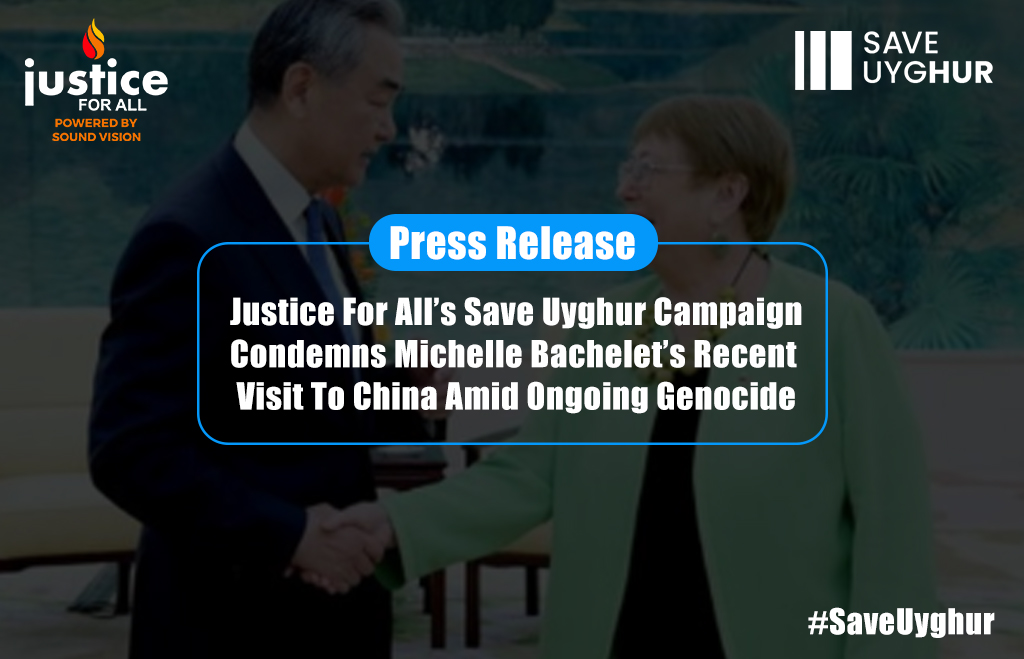Good Governance Programme – EEAS

Project Report: Advancing Sustainable Development Goals in Namibia through Enhanced Governance and Gender Equality
Introduction and Core SDG Alignment
This report outlines a project designed to strengthen good governance and advance gender equality within Namibia. The initiative directly supports the nation’s progress towards key Sustainable Development Goals (SDGs), primarily SDG 16 (Peace, Justice and Strong Institutions) and SDG 5 (Gender Equality). By aligning with Namibia’s national development priorities, the project seeks to reinforce institutional capacity for the effective implementation of existing anti-corruption and gender-based violence (GBV) prevention policies.
Component 1: Strengthening Institutions for Peace and Justice (SDG 16)
The governance component of the project is dedicated to achieving the targets of SDG 16 by building transparent, effective, and accountable institutions. The primary objectives are:
- To enhance the operational capacity of the Anti-Corruption Commission (ACC) and associated oversight bodies.
- To ensure the effective implementation of the National Anti-Corruption Strategy and Action Plan (NACSAP).
- To improve cooperation and coordination between the ACC and other government institutions in the fight against corruption.
Component 2: Promoting Gender Equality and Empowering Women (SDG 5)
In direct support of SDG 5, the gender equality component focuses on eliminating all forms of violence against women and girls and ensuring effective participation in public life. Key objectives include:
- Strengthening the leadership and coordination role of the Ministry of Gender Equality, Poverty Eradication, and Social Welfare (MGEPESW) in overseeing gender policies and the GBV Action Plan.
- Improving the quality and accessibility of service provision for survivors of GBV.
- Reinforcing community-level networks for effective GBV response and prevention.
- Increasing the engagement of civil society organizations in advocacy related to GBV.
Implementation Framework and Partnerships
The project is structured under an indirect management model, leveraging the expertise of United Nations agencies to achieve its SDG-focused goals. Technical assistance and financial support will be provided to government institutions and civil society actors through this framework.
- Governance (SDG 16): The United Nations Development Programme (UNDP) will manage the implementation of the anti-corruption component.
- Gender Equality (SDG 5): The United Nations Population Fund (UNFPA) will manage the implementation of the gender equality and GBV prevention component.
Summary of Expected Outcomes
The project’s successful implementation is expected to yield significant contributions to Namibia’s broader governance, human rights, and sustainable development agenda.
- Contribution to SDG 16: A strengthened Anti-Corruption Commission with improved capacity to implement the NACSAP, fostering more just and accountable institutions.
- Contribution to SDG 5: Enhanced leadership in gender policy coordination, leading to more effective implementation of the GBV Action Plan and improved support systems for survivors.
Analysis of Sustainable Development Goals in the Article
1. Which SDGs are addressed or connected to the issues highlighted in the article?
The article explicitly identifies two Sustainable Development Goals (SDGs) that are directly addressed by the project in Namibia. These are:
- SDG 5: Gender Equality – The project has a significant component focused on advancing gender equality, specifically through efforts to prevent gender-based violence (GBV).
- SDG 16: Peace, Justice and Strong Institutions – The project aims to strengthen good governance by supporting anti-corruption measures and reinforcing the capacity of national institutions.
The article states, “The project directly contributes to SDG 16 (Peace, Justice and Strong Institutions) and SDG 5 (Gender Equality) while reinforcing Namibia’s broader governance and human rights agenda.”
2. What specific targets under those SDGs can be identified based on the article’s content?
Based on the project’s objectives described in the article, the following specific SDG targets can be identified:
- Under SDG 5 (Gender Equality):
- Target 5.2: Eliminate all forms of violence against all women and girls in the public and private spheres, including trafficking and sexual and other types of exploitation. The article’s focus on “gender-based violence (GBV) prevention efforts,” “improving service provision for GBV survivors,” and implementing the “GBV Action Plan” directly aligns with this target.
- Target 5.c: Adopt and strengthen sound policies and enforceable legislation for the promotion of gender equality and the empowerment of all women and girls at all levels. The project supports the “effective implementation of the GBV Action Plan” and strengthens the “leadership role of the Ministry of Gender Equality, Poverty Eradication, and Social Welfare (MGEPESW) in overseeing and coordinating gender policies,” which relates to this target.
- Under SDG 16 (Peace, Justice and Strong Institutions):
- Target 16.5: Substantially reduce corruption and bribery in all their forms. The project’s aim to support “anti-corruption measures” and ensure “better implementation of the National Anti-Corruption Strategy and Action Plan (NACSAP)” directly contributes to reducing corruption.
- Target 16.6: Develop effective, accountable and transparent institutions at all levels. The article mentions that the project focuses on “strengthening good governance” and reinforcing “institutional capacity.” It specifically aims to “enhance the capacity of the Anti-Corruption Commission (ACC) and other oversight bodies.”
- Target 16.a: Strengthen relevant national institutions, in particular in developing countries, to build capacity at all levels, in particular in developing countries, to prevent violence and combat terrorism and crime. The project’s goal to “strengthen the capacity of the Anti-Corruption Commission (ACC) and improve cooperation between the ACC and other government institutions” is a clear example of working towards this target.
3. Are there any indicators mentioned or implied in the article that can be used to measure progress towards the identified targets?
The article implies several indicators that can be used to measure the project’s progress and success towards the identified targets:
- For SDG 5 Targets:
- Improved service provision for GBV survivors: This can be measured by tracking the quality, accessibility, and number of services available to survivors.
- Strengthened community networks for GBV response: Progress can be indicated by the number and effectiveness of active community networks involved in GBV prevention and response.
- Increased engagement of civil society on GBV-related advocacy: This can be measured by the level of participation and influence of civil society organizations in policy discussions and advocacy campaigns.
- Effective implementation of the GBV Action Plan: Progress can be tracked against the milestones and goals set out in the national plan.
- For SDG 16 Targets:
- Enhanced capacity of the Anti-Corruption Commission (ACC): This can be indicated by improved operational capabilities, successful investigations, and public trust in the institution.
- Better implementation of the National Anti-Corruption Strategy and Action Plan (NACSAP): Progress can be measured by the achievement of specific goals and actions outlined in the strategy.
- Improved cooperation between the ACC and other government institutions: This can be indicated by the number of joint initiatives, information-sharing agreements, and coordinated anti-corruption efforts.
4. Summary Table of SDGs, Targets, and Indicators
| SDGs | Targets | Indicators (Mentioned or Implied in the Article) |
|---|---|---|
| SDG 5: Gender Equality |
|
|
| SDG 16: Peace, Justice and Strong Institutions |
|
|
Source: eeas.europa.eu

What is Your Reaction?
 Like
0
Like
0
 Dislike
0
Dislike
0
 Love
0
Love
0
 Funny
0
Funny
0
 Angry
0
Angry
0
 Sad
0
Sad
0
 Wow
0
Wow
0



























;Resize=805#)



















































